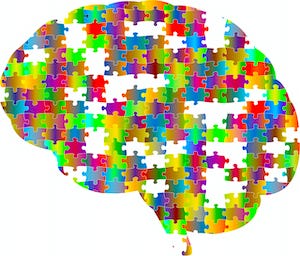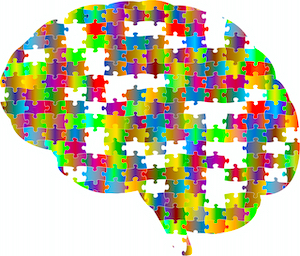I readily admit to practicing mindfulness in a very fuzzy way for years. Fifteen years, to be exact. I would follow the breath, calm the mind, and just sit. Ajahn Chah, a well-known 20th-century Buddhist monk, commented that chickens can sit on their eggs for days on end, but it doesn’t mean they are enlightened. I felt like a chicken — still, quiet, but with something missing.
At the local monastery, my questions were met with, ‘What is it you’re trying to achieve?’ I felt discouragement and a sense of ‘wrongness’ for wanting clarity and having an intention to play an active role in my practice growing.
Questions quashed, I returned to those chicken-like sits. From time to time, insights would arise or things would seem to somehow ‘click in’. But those occurrences were rare and random. I sat this way for years.
Then in 2015, I came across a teacher who outlined a path of practice detailed and clear enough to offer clarity about what those rare and random occurrences were and exactly where they sat in a larger framework. This transformed and invigorated my practice. Understanding arose about how those occurrences happened, how conditions could be created to make them likely to occur again, what the next steps were, and landmarks for those steps so that they would be recognizable.
At last I had a map. It showed where I had started, where I was, and the path all the way to the final destination. This provided encouragement for progress already made, motivation to continue, and clarity as to how to do so.
The road map I use is that outlined by Leigh Brasington, senior student of the Venerable Ayya Khema. It begins with ethical conduct, continues to concentrating the mind, and then turning that concentrated mind to investigating reality. One can easily see in this the traditional Buddhist triad of ethics ~ concentration ~ wisdom (sīla ~ samādhi ~ pañña in Pāli). This roadmap has given me an immensely useful and detailed understanding of concentration in terms of jhānas. And this has led to a new direct experience of how the ethics-concentration-wisdom triad works in practice, in both linear and non-linear ways.
Now this is not to say that this map is the one and only map (although I openly acknowledge being partial to it because of the personal benefits using it has brought). But it is to say that my direct experience is that the difference between not having a detailed map and having one has been the difference in practice languishing and it being super-charged.
The point is that it can be extremely valuable to understand the larger context in which you are practicing. There are several benefits to taking some time to widen the lens from the detail of discreet practice to the landscape in which that practice sits.
- It enables you to see more clearly the progress you’ve made. Appreciating from time to time how far you’ve come rather than always focusing on how far there is to go can be very encouraging. If you’re driving from Boston to San Francisco, simply looking at the remaining miles could give rise to a sense of ‘Will I ever get there? It’s still so far away.’ But looking at the miles already traversed gives a sense of progression and that you are, in fact, getting there.
- You can assess in a clear-minded way where you are. You can see where you are, and find an ease of heart that you’re following a natural progression on the path of practice. If you’re not perfect in your practice or haven’t met all of your aspirations, it’s not due to personal failings. It’s because walking the path takes time and effort. On our roadtrip from Boston to San Francisco, it’s ok if we find ourselves in Denver. We haven’t failed because Denver isn’t San Francisco. We can recognise that Denver is on the way, that we’ve come a long way and that there’s farther to go.
- You can understand useful ways forward, recognizing landmarks when you see them and adjusting if you get lost. Knowing the larger context gives an idea of what to expect as practice develops. It’s a bit like knowing what landmarks, towns, or cities we expect to pass through on our roadtrip. We’ll know if we’ve gone off track and then can make necessary adjustments.
So yes, practice mindfulness of the breath, or of the body, or feelings, or of the mind. Practice in the ways that you find beneficial. But also consider and clarify the larger framework of your practice.

One might think of a particular practice like a single piece of a jigsaw puzzle. The piece is important, and one does need to pay attention to it. Yet if one focuses solely on individual pieces and does not link them up, the larger picture cannot emerge. And it can be helpful to have a teacher and/or a roadmap that can describe what that larger picture is, offering suggestions about how to work with the pieces. From those suggestions, one can develop workable, active strategies for putting the pieces together.
What is the roadmap for your practice? What does the larger picture look like?


Hi, this is a comment.
To get started with moderating, editing, and deleting comments, please visit the Comments screen in the dashboard.
Commenter avatars come from Gravatar.